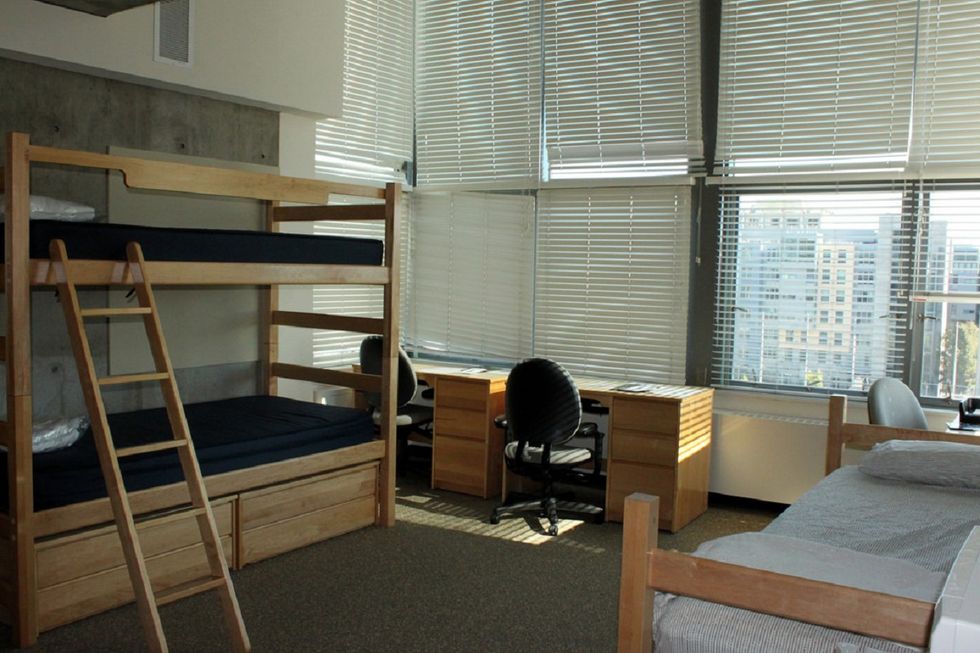The transition from high school to college was hard, to say the least. There were tons of scary aspects that came with transitioning to a new lifestyle. From friends and parties to classes and majors, there were too many choices and overwhelming amounts of stress that came with each decision. One thing that many college students have little control over, which can ironically be the most important aspect of your first year, is housing.
At some schools, you can pick your roommate, but only after hours of searching through Facebook chat groups and passing a series of secret personality tests with other incoming students. Once you've found your "perfect match" the next big thing is getting a room assignment. While the process works differently from school to school you will more likely than not be put into a lottery, or randomly assigned to buildings and rooms across campus. The entire time your fingers are crossed, with only one request— NO supplemental.
For anyone unfamiliar with supplemental housing, it is a lot like living in a summer camp bunk full time. Supplemental spaces are also referred to as overflow housing, and it is a place where multiple pairs of roommates, or even random people, can be assigned to live in a larger than average group. Supplemental rooms can be re-purposed laundry rooms, study areas, or lounges. And while it's the worst scenario for most students, it was the best experience of my freshman year.
Supplemental housing assigned me two roommates. Move-in day was the first time I had ever met either one of them face to face. It was terrifying to think that I would have to learn to live with that many different personalities. How would I have privacy? How would I be able to study or do homework? Would I ever get to sleep? In the first few weeks, I learned the answer to all of those questions, and so much more. (The answer to the last question was no, for those wondering.) Not because we had different sleep or study habits, but because we stayed up until two in the morning cracking jokes, reminiscing about old memories, and telling stories.
Supplemental housing helped me learn to get comfortable in college... fast. My room was a re-purposed lounge, and instead of a room number, there was a plaque outside our room with "lounge" printed in big white letters. Over the course of the first week, if we did not lock our door, we could expect groups of people to walk in at any given time. Each time it would take a few seconds for the unexpected guests to realize their mistake and walk out laughing. Once the novelty of this wore off, we learned to lock our door— and put duct tape over the sign.
Supplemental housing also gave me two more closets. When there are three girls living in a 20 by 20-foot square, things get cozy. Laundry can get mixed up, things are borrowed, and clothes are swapped. In any given situation, someone is bound to have the perfect outfit or accessory that you are looking for. By the end of the semester, we can refer to any piece of clothing in any one's closet, strictly from memory. "Can I borrow that cute black belt you wore last Friday?" "Do you still have those shoes from the night we ran from the frat to that pizza place?"
Supplemental housing most importantly, gave me two built-in best friends. Supplemental housing gave me hundreds of laughs, late night stories, inside jokes, brunch dates, study sessions, and memories. I couldn't imagine my freshman year without my comfy, sometimes crowded, perfect supplemental room.
For any incoming freshman worried bout supplemental housing—I promise it will be the best part of your freshman experience.






















